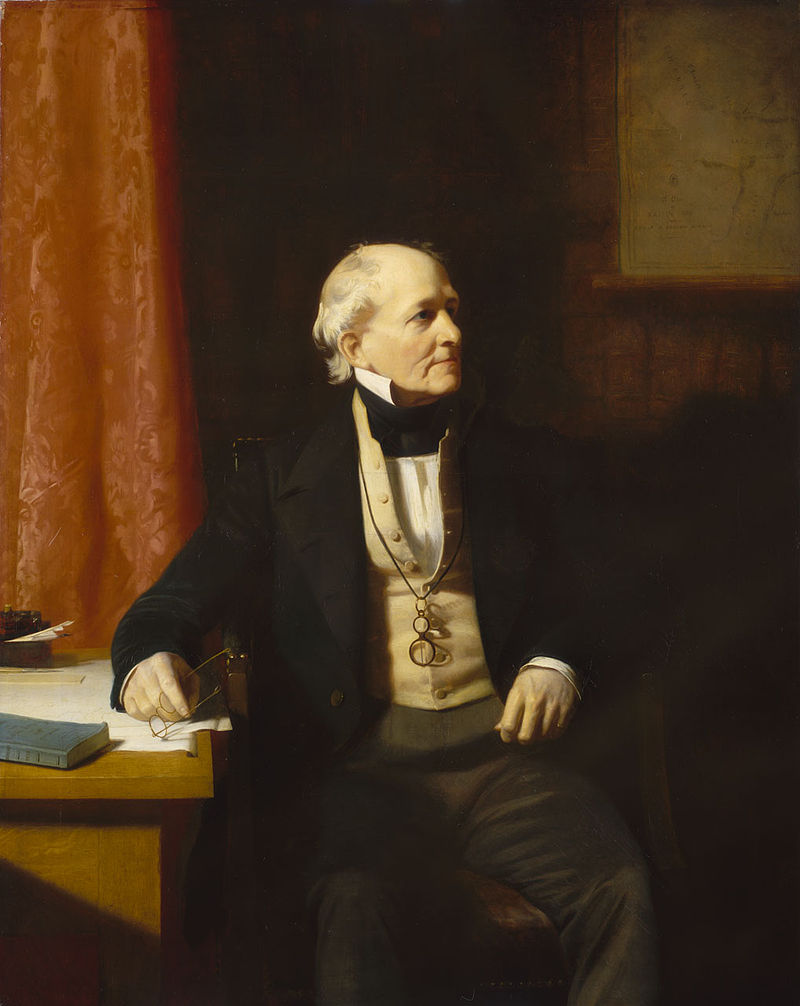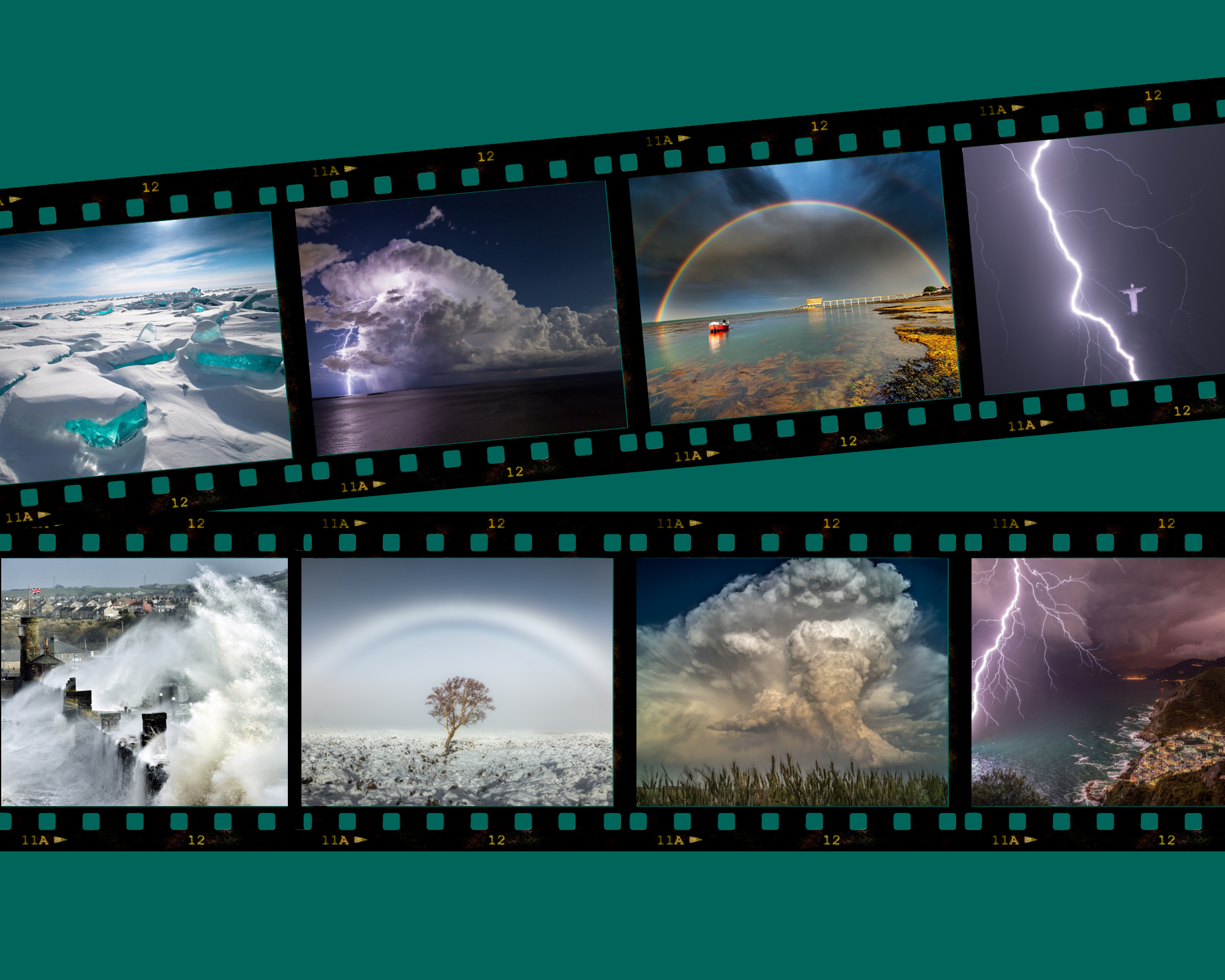

The Evolution of Weather Forecasting: from weather charts to monthly predictions
Since the first public weather forecast in 1861, predicting the weather has come a long way. It’s been a fascinating journey, so let’s take a look back at some of the key players, with a peek into the promising future that lies ahead.
Strong foundations

The British Meteorological Society (which became the Royal Meteorological Society in 1883) was founded back in 1850. Back then, visionaries like Francis Beaufort (of the Beaufort Wind Scale) and Robert FitzRoy, both naval officers, were the first to revolutionise the field. FitzRoy established the Meteorological Department of the Board of Trade in 1854 (now known as the Met Office), pioneering daily weather predictions and crafting charts that allowed him to give warning of storms hours in advance — an impressive feat in those early days!
George James Symons FRS, who at the age of seventeen became a member of the Royal Meteorological Society, was a British meteorologist renowned for establishing and overseeing the British Rainfall Organisation. The BRO created an exceptionally dense and extensively distributed network of sites dedicated to collecting rainfall data across the British Isles.
Lewis Fry Richardson was an English mathematician and meteorologist, who pioneered modern mathematical techniques of weather forecasting. Richardson's fascination with meteorology spurred him to suggest a method for weather forecasting based on solving differential equations. This numerical weather prediction approach is commonly employed today. However, when he released "Weather Prediction by Numerical Process" in 1922, the lack of suitably fast computing technology hindered its immediate application.
Ingrid Holford, a Fellow of the Royal Meteorological Society, commenced her authorial journey in the realm of weather with her inaugural book, "Interpreting the Weather," published in 1973. Her literary contributions extended to works such as "British Weather Disasters" and "The Guinness Book of Weather Facts and Feats". Additionally, she crafted weather guides tailored for yachtsmen and pilots. Ingrid provides a fascinating account of her early career as one of the ‘Met Queens’ in an article published in the RMetS Weather journal — which is available to RMetS members.
June Bacon-Bercey, an American international expert in weather and aviation, held positions with the National Oceanic and Atmospheric Administration, the National Weather Service, and the Atomic Energy Commission. Distinguished as the first African-American woman to earn a degree in meteorology, she also made history as the first female TV meteorologist trained in the field in the United States. Bacon-Bercey dedicated herself to increasing the representation of African-American women in meteorology and geophysical science. In 1978, she conducted an analysis of African-American meteorologists in the USA, providing a calculated estimate of the time required for the percentage of black meteorologists to reach population parity in the nation.
In addition to the tapestry of contributions of individuals like those mentioned above, throughout history, pivotal events have often been the driving force behind improvements in weather forecasting. Whether it was the Royal Charter sinking in 1859 or the notorious Great Storm of 1987, these incidents prompted advancements in science, technology, and communication. It seems that many challenges became an opportunity for growth.

Peeking into the future: monthly predictions, enhancing accuracy and planning
Now, let's get up to speed with the exciting developments coming up. Monthly weather predictions are on the brink of becoming a reality. While we won't be able to pinpoint specific details like, “It will rain in London at 2pm a month from now”, these forecasts will provide invaluable insights into broader weather patterns. It really is a big step up in the history of weather forecasting.
Find out more about the history of meteorology here.
And, as forecasting becomes more precise, our conversations about the weather are set to change. There's an increasing sense of predictability, allowing us to plan our activities with greater confidence.
Imagine the impact of having more accurate monthly forecasts! The shift will not only affect individuals but also businesses and governments, who’ll have the chance to do proper planning, offering a more proactive approach to dealing with the elements. This can only benefit society.
Reflecting on this journey, it's impossible to ignore the role of technology. From limited broadcasts in the past to real-time updates through social media, apps and online platforms today, technology has transformed the way we receive and share weather information.
The journey of weather forecasting has been nothing short of remarkable. As we eagerly anticipate more accurate and detailed monthly predictions, we're entering a future where we can navigate the complexities of weather with newfound confidence and preparedness.
Sign up to the MetMatters newsletter and stay tuned for the exciting developments that lie ahead on our meteorological journey!




